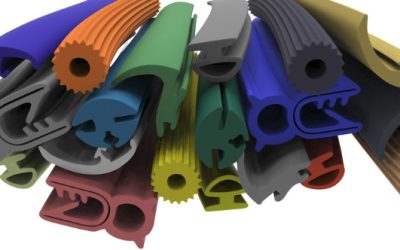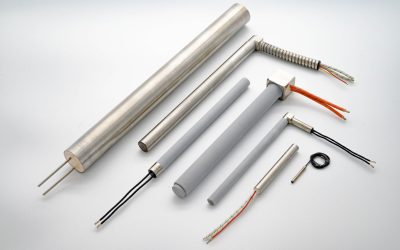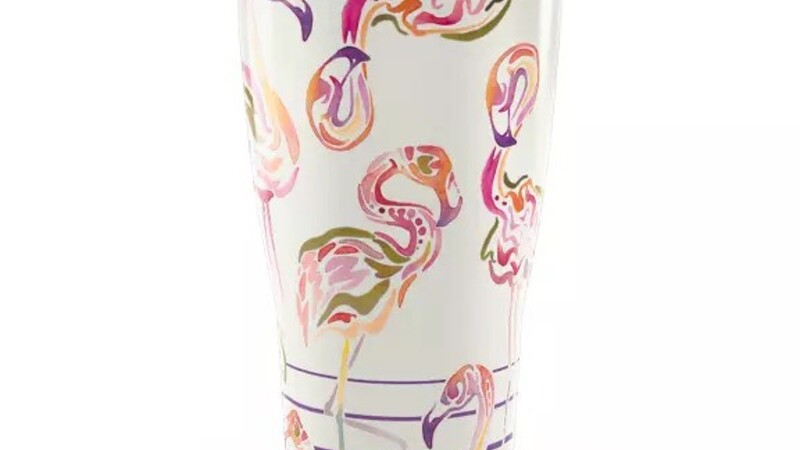Valves can be designed for a range of applications and uses. One of the most versatile types of valves in systems where the liquid in a system has to be mixed, redirected, diverted, shared or shut off is a 3 way ball valve.
It is a basic valve that is simple in design, which makes it a low maintenance type of valve that has a long-life cycle in any type of application. It can be operated manually, or it can have an electrical or pneumatic actuator. In addition, in some applications, it is also possible to operate the valve using a thermal actuator.
The Basic Design and Configuration
As the name implies, there are three ways or three ports that are present in this valve. To make it easy to configure, these ports are typically labeled as A, B, and C with the possibility of any of the ports becoming the inlet and the other two being outlet ports based on the configuration of the system.
The body of a 3 way ball valve can be made from a range of different metals or plastics, and they can be used for general applications, sanitary processes or even for use with highly corrosive materials based on the body material selected.
The interior of the valve has a ball, which can be rotated to allow two ports or three ports to be open or all parts to be shut off to prevent any flow through the valve. The L-port configuration allows for one inlet and one outlet valve open at a time, with the third port closed. The T-port allows the addition of having two outlet ports open at the same time.
The 3 way ball valve can feature a full range of different end connections to allow for easy installation in any type of pipe, tubing or component in a system. They are also rated for both maximum temperature and maximum pressure in the system, which are both essential conditions when making any valve selection.


